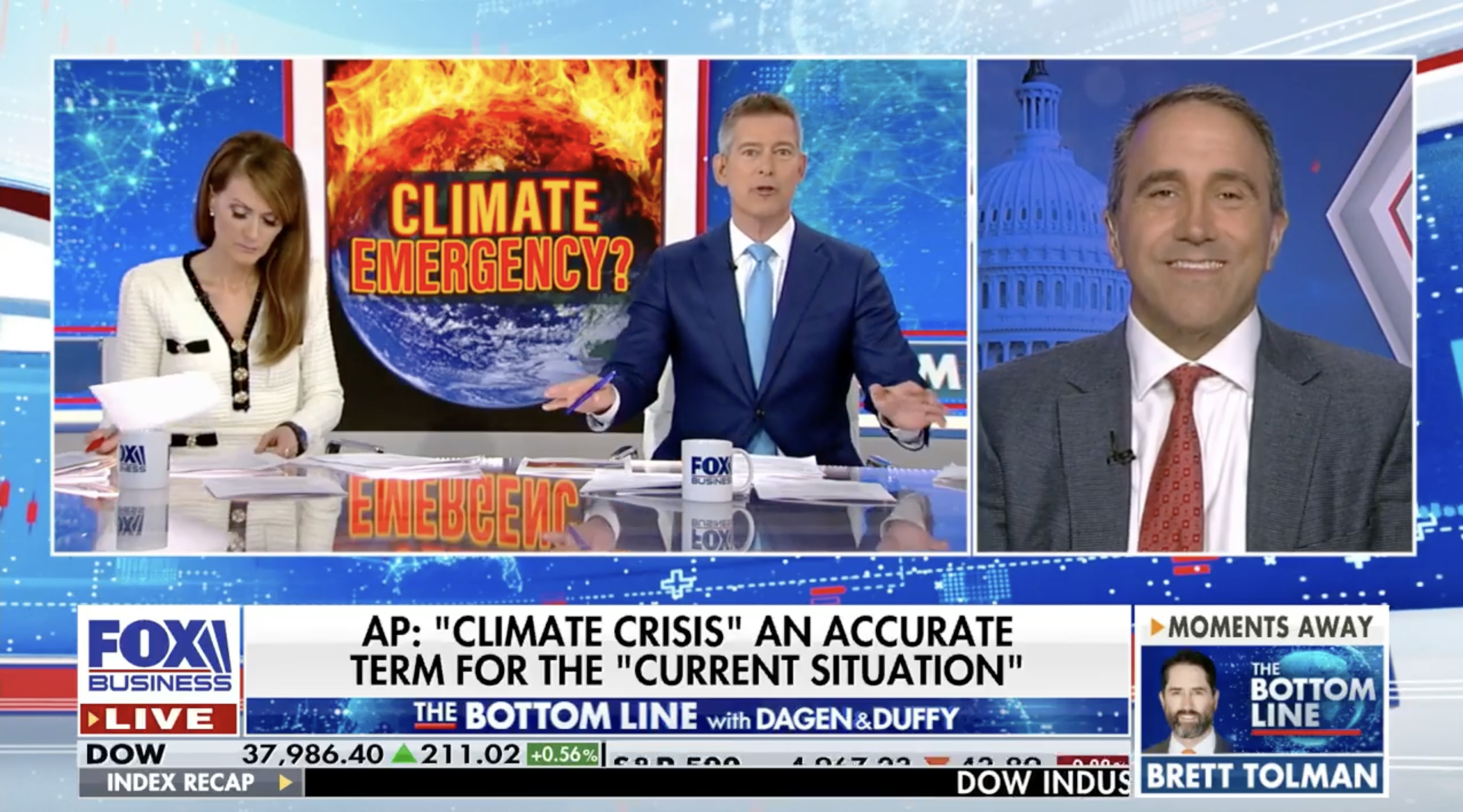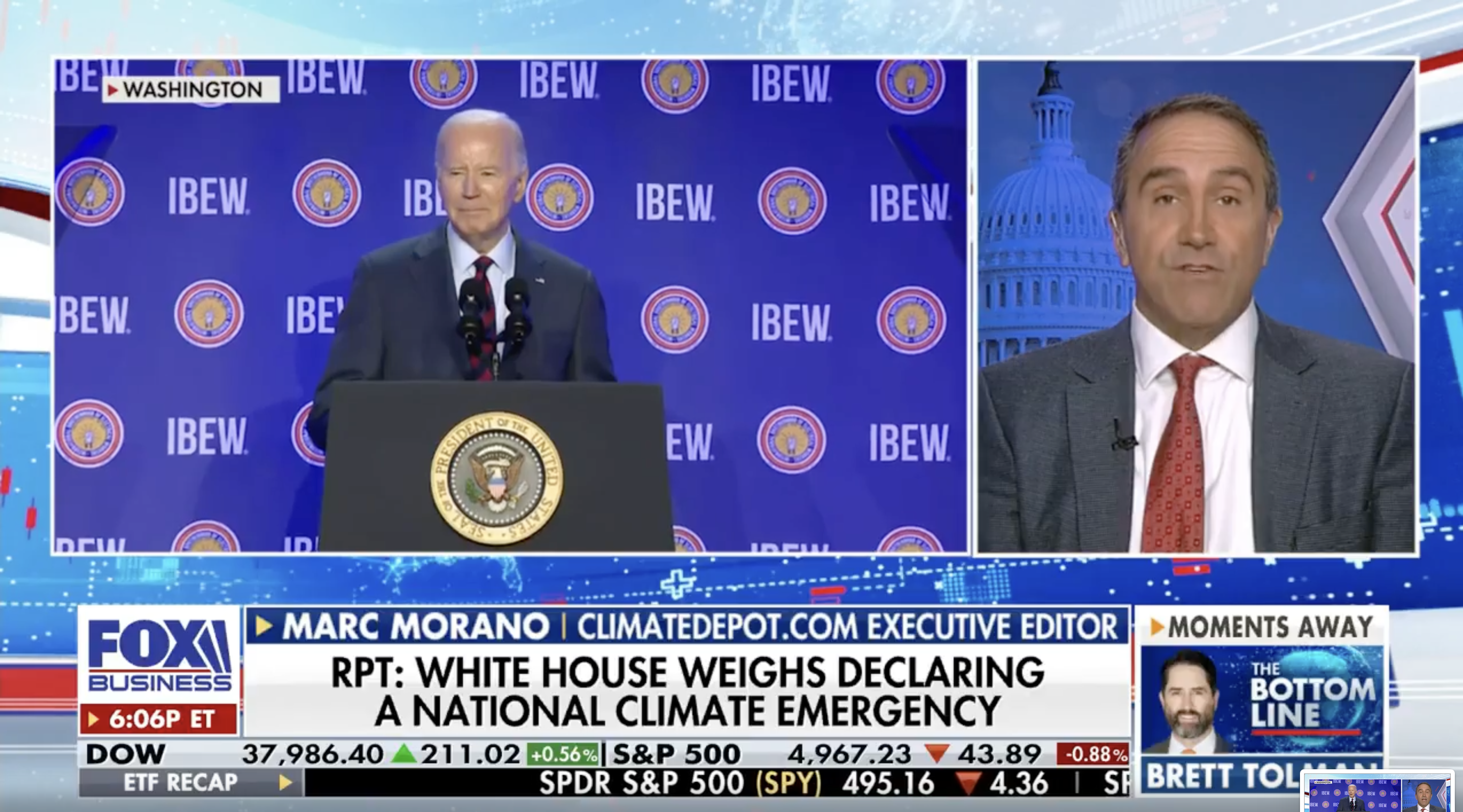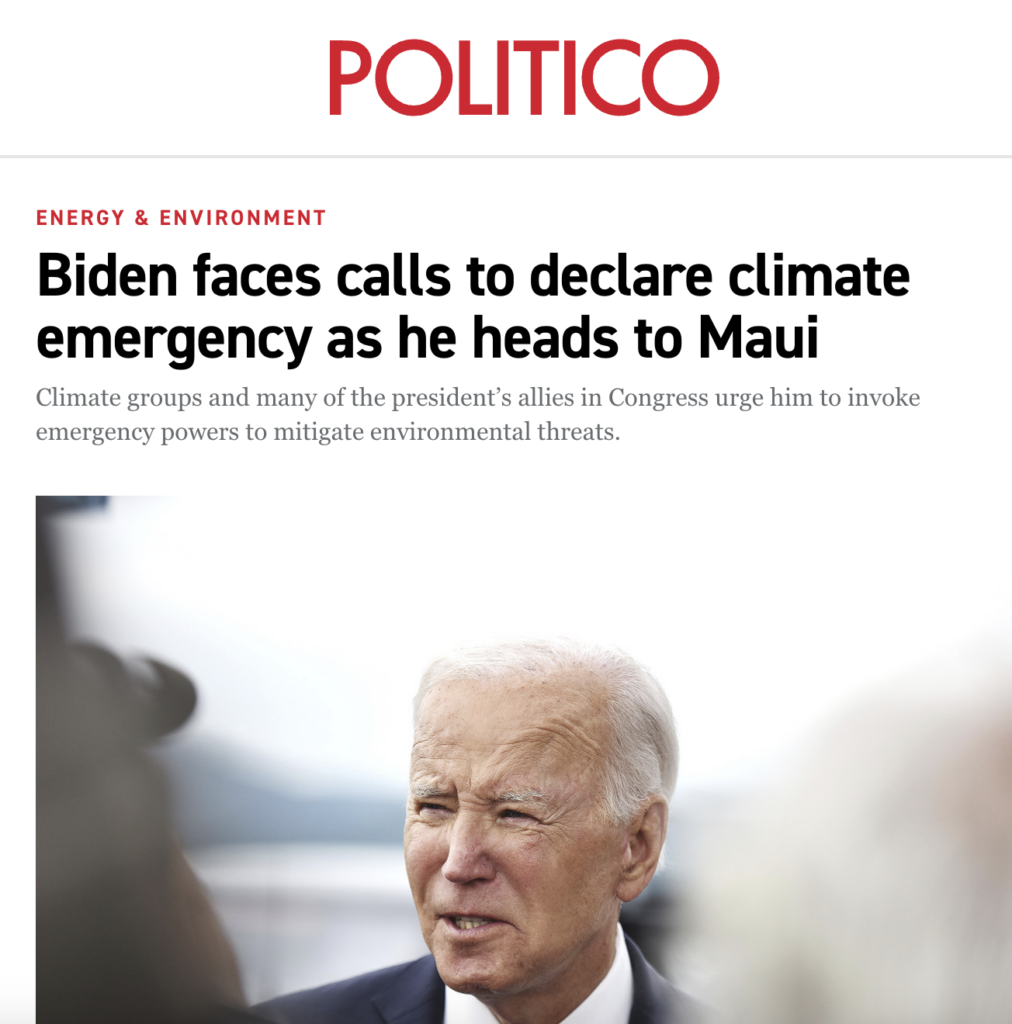Marc Morano Appears on ‘Wake Up America’ on Newsmax To Discuss Climate Change – Broadcast July 24, 2022 Rough Transcript: Newsmax host: Former senior Senate Environmental and Public Works Committee, the founder of ClimateDepot.com and author of best sellers, the Politically Incorrect Guide to Climate Change and 2021’s Green Fraud. Marc Morano. Marc, always a good time with you. Morano: >> Yes, if you look at it just on the surface, the UN Paris climate pact was a horrible deal for America. All of the pain had to go to America and, as you mention all the developing world countries got off scot-free. The issue here is this was a complete farce from beginning to end, because even according to the UN’s own estimates — if, you believe in their climate theories, which you shouldn’t, it showed that, even if you have every country is fulfilled their pledges that would make no measurable temperature difference in temperatures 100 years out from everyone committing to the? U and paris agreement and other words. It was pure symbolism, but real economic pain and beyond.That turning over national sovereignty, the United Nations bureaucrats to dictate how we run our country and economy. >> Well what he says it means jobs, it does mean jobs for Democratic donors, for Al Gore, Gore in 2008 had a PowerPoint of all the companies that everyone should be investing in. Obama gets elected and his green stimulus magically goes is the Democratic donors and other companies that Al Gore was the founder of. Al Gore became on his way to be in the words world’s first carbon billion air because of this so yeah. If you look at the other thing with just seventy. Nine solar workers are needed that equal to the energy output of one coworker so fast forward. Now we have president Joe Biden wanted to declare a national climate emergency. Morano on climate emergency declaration: This would grant President Biden literally one hundred and thirty new executive powers. Would you use this drilling? Stop oil imports and exports continue this shutting down of fossil fuels and all under the guise of making hurricanes less severe or floods better when, in reality, hurricanes, floods, droughts, and tornadoes have been on no trend or declining trends on fifty to one hundred year timescales, even the United Nations admits it. What’s this so they’re pushing this. This is a COVID-like power grab for the climate, where you’re going to have the ability for the president, governors, and mayors to lock down states and cities under climate emergency powers. Limiting gas hours.








